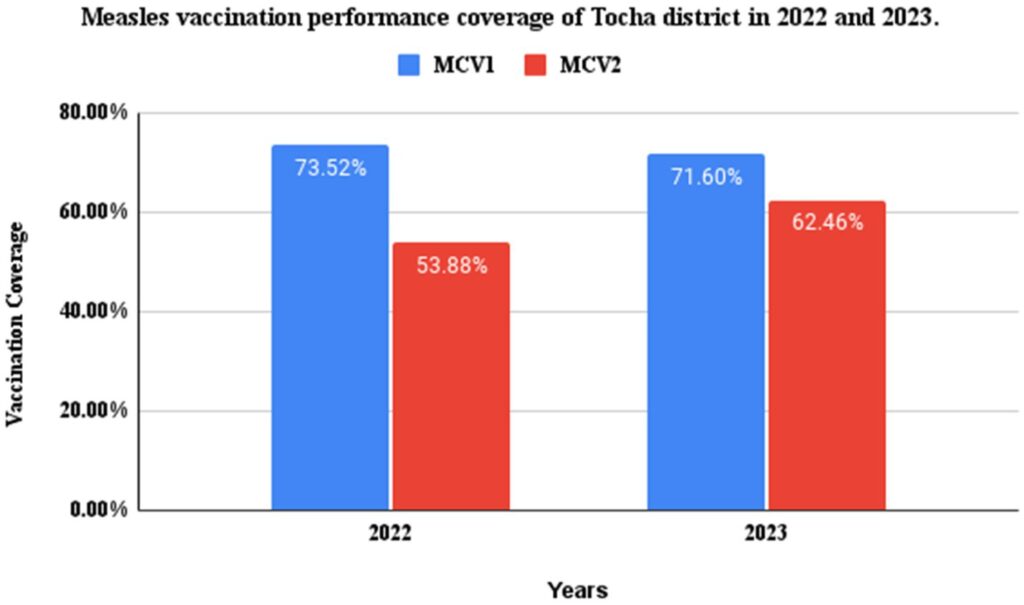Accurate data on measles vaccination coverage is essential for guiding timely public health responses. However, in many regions, particularly low- and middle-income countries, such data is often limited or outdated. Traditional methods of assessing vaccination levels include household surveys and administrative estimates, but both have significant drawbacks. Household surveys, while highly accurate, are expensive and conducted infrequently. Administrative data, though more regularly available, often lacks accuracy and may contain biases.
To address this challenge, researchers have developed a novel method that uses clinic-based data to predict regional measles vaccination coverage. This approach relies on routinely collected information from healthcare settings where suspected measles cases are reported. Key data points include the average age of patients, their reported vaccination status, and whether the clinical diagnosis confirms measles or another illness with similar symptoms.
The central idea behind the model is that these clinical indicators are strongly associated with regional vaccination levels. In areas with high vaccination coverage, for example, outbreaks tend to affect older individuals because younger children are more likely to be protected. By incorporating these patterns, researchers trained a regression model to predict vaccination coverage using past data. The model was then validated by comparing its predictions with recent survey results, which it matched closely outperforming traditional administrative estimates.
This new method provides a cost-effective, timely, and scalable solution for estimating vaccination coverage, especially valuable in regions where standard surveys are delayed or unavailable. With recent interruptions in funding for large-scale health surveys, the importance of alternative approaches has increased. The model allows public health officials to rapidly identify areas at risk for measles outbreaks and deploy targeted interventions to improve vaccine uptake.
The approach offers a promising tool for countries striving to maintain high levels of immunization despite logistical and financial hurdles. It enables more agile and responsive decision-making by leveraging data that is already collected in routine healthcare processes. By predicting coverage with improved accuracy and timeliness, this method contributes significantly to preventing future measles outbreaks and closing immunization gaps in vulnerable populations.

